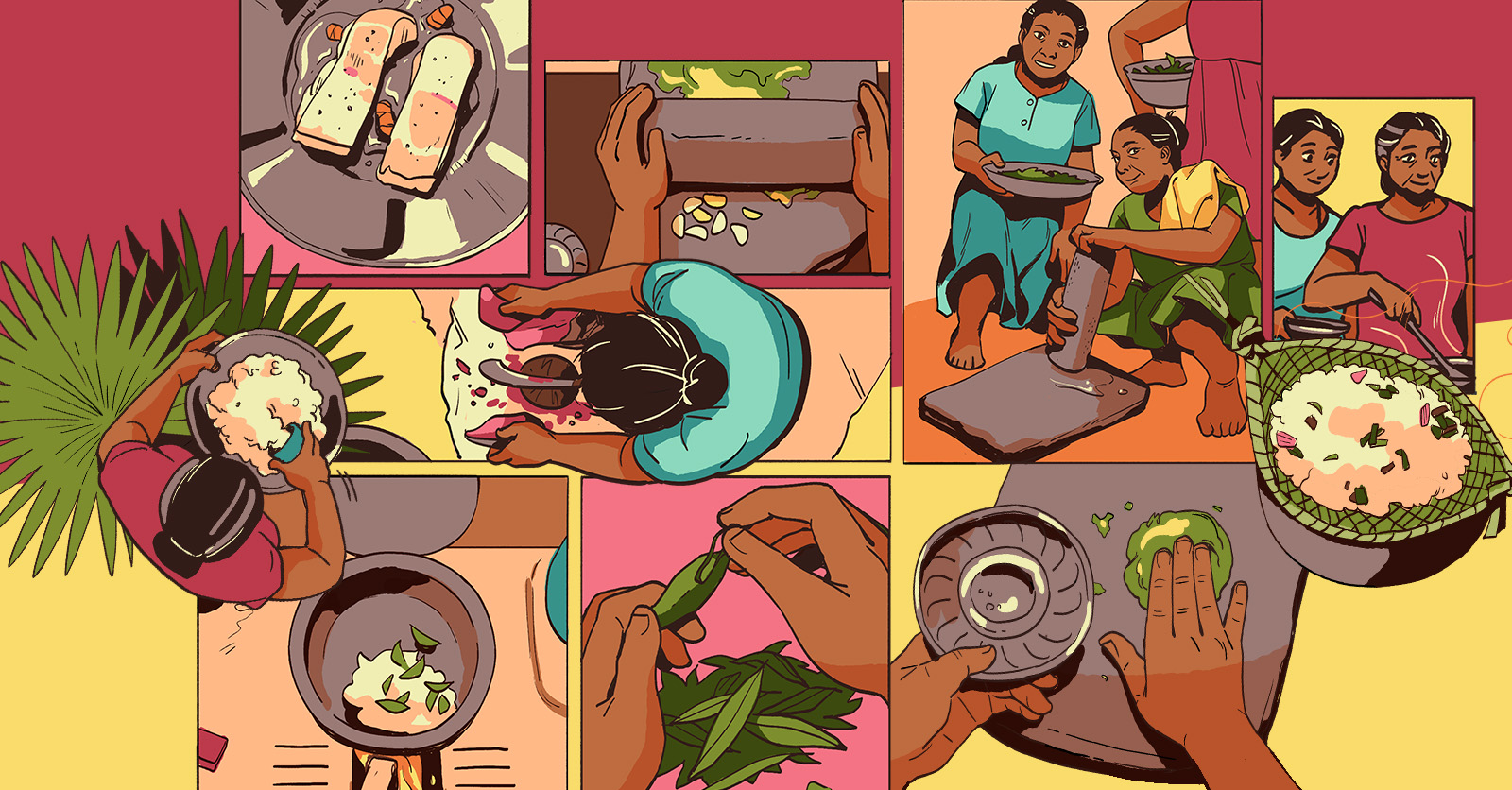The trends and tunes of Thai pop
by Gwyneth Cheng & Tassaya (Toffy) Charupatanapongse
Thailand’s pop music has been making waves beyond its borders into Asia and the rest of the world. We delve into how exactly it has become so popular and the influences that have shaped its evolution.
When one thinks of Asian pop music, Korean pop or Mandarin pop often comes to mind.
At first glance, the massive popularity of both these genres overshadows that of other Asian languages. But what’s more subtle—and probably more important—is that Kpop and Mandopop have successfully diverted more attention towards non-Western music, both in Asia and around the world.
What this means is that other rising Asian pop music genres have benefitted from that popularity. Thai pop music, especially, had already been rather popular in the region. But the rising tide of Asian pop music has helped Thailand’s local music industry steadily grow to become one of the highest revenue earners among all Southeast Asian countries.
What was Thailand’s mainstream music scene like before this—and how exactly did the increasing popularity of Asian music boost its growth?
Before Thai pop existed, the most popular sound in the country had been traditional music played on locally created instruments. It was only during the Vietnam War, when Western music flowed into Thailand due to the U.S. military presence in the region, that the earliest ideas of Thai pop were formed.
Rock music, such as that of Elvis Presley and Cliff Richard & The Shadows, became a particular mainstay. Thai rock bands began mixing pleng lukgrung, or Thai urban music, with Western rock, infusing their own local sounds with the instruments and styles of the West. The traditional emphasis on woodwinds and brass gave way to electric guitars and keyboards, creating an entirely new style of music that would later become known as pleng string.
In the late 1960s, band competitions and live performances brought this new style to a wider local audience during a time when records and record players were expensive. Pleng string became most popular among younger audiences, who preferred modern Western sounds over traditional Thai music.

Image source: Apple music
Between the 1980s and the early 1990s, pleng string established itself in the local music scene.
Pleng string introduced a new wave to the Thai music industry that eventually became what we know today as modern Thai pop. As its recognition and influence grew, more professionals were needed to produce and distribute music, prompting the establishment of local music labels.
Two major labels—RS Group and GMM Grammy—were set up during the early 1980s. These labels drew inspiration from the Western pop music scene and marketed their artists similarly, a move that especially appealed to Thai teenagers. Realising that their ideal target market was young audiences, Thai pop music labels began looking for artists with not only musical talent but good looks as well.

Image sources: KanavaroT on Wikicommons, Sry85 on Wikicommons, Apple music
All three artists, represented by GMM Grammy, were highly successful models for other singers during this era.
From the latter half of the 1980s, pleng string further evolved into its sub-genres, including pop, rock, heavy metal, rap, and hip-hop. When the 1990s arrived, bubblegum pop—songs with simple, formulaic melodies and chords—started trending, as teenagers found the genre catchy.
As pleng string grew, the Thai music industry started drawing inspiration from Western alternative rock music. The mid-1990s saw the emergence of independent music labels and artists, ushering in the Indie Era.
Smaller, independent music labels had way tighter marketing budgets than larger labels—so they used live concerts and performances to create hype. Indie bands performed in public areas such as university campuses to appeal to younger listeners. They cared less about appearances than the music itself, appreciating artistes with a more natural, less manicured style.
Artists who wrote and/or produced their own music, as well as new sounds such as improvisational singing, became hot during the Indie era. Major labels releasing stereotypical bubblegum pop music found themselves having to collaborate with smaller labels to stay relevant—a fusion that has kept Thailand’s music scene evolving.
Throughout this evolution, Western pop music continued to influence alternative music during the Indie phase. Britpop influenced alternative rock artists such as Modern Dog and Sek Loso. Other popular bands include Smile Buffalo, Praaw (Glitter), Paradox, and Blackhead. And while these sounds were unfamiliar and novel for locals, audiences responded very positively overall.

Image source: plynoi on Flickr. Final work adapted from the main image.

Unfortunately, the Asian financial crisis of 1997 closed down many independent music labels that had thrived during the Indie era. Bigger labels such as RS Group and GMM Grammy survived, and indie artists who chose to stay in music were absorbed into bigger labels.
This move signalled a shift in the style of indie music. Although indie artists were able to retain their independence and style on the surface, their music and its production became more homogenous.
In the wake of the crisis, musicians once again faced great pressure to appeal to audiences and be successful. This meant there was far less space for experimentation, and labels began focusing on artistes’ appearance instead of their musical talent. Artists became less involved in the music production process and more prominent in entertainment, instead.
As the internet grew globally and cultural commodities spread worldwide, Thai pop music saw its popularity shoot up during the 2000s. Live singing competitions such as The Star in 2003 and True Academy Fantasia in 2004 became hugely successful. Audience members were given voting rights, and many people tuned in for every episode for that reason.
Even as larger pop influences such as Korean pop and Japanese pop started to shape Thai pop music, several Thai music stars started reaching a wider, international audience. Many big names in Korean pop today are from Thailand, including 2PM’s Nichkhun, GOT7’s BamBam, and BLACKPINK’s Lisa.

Image source: Z3144228 on Wikicommons
Today, Thai artists are gaining more attention from abroad, and the industry continues to evolve. But even though external influences have shaped Thai pop’s sound and style, Thai music continues to retain its uniqueness, whether that’s by adding a traditional flair in its melodies or by using the local language in lyrics. This has created many sub-genres of Thai pop, keeping audiences interested. The younger, rising artists of the day know this well; big names such as Phum Viphurit sing English songs with a distinctive local sound for this reason.
There’s no doubt that Thai pop music will get bigger. Globalisation and technology make it easy for a global audience to fall in love with local stars, and the focus on Asian media content is only getting more intense. In the face of change, the Thai music industry will not falter—it’ll evolve with these trends, as it has always done.
Toffy is a part-time globe trotter, full-time justice warrior, and a semicolon enthusiast. With a Master's in Education, she's all about learning; in her free time, you can find her avidly reading books, doing yoga, picking up new languages, and writing about social justice and feminism.









